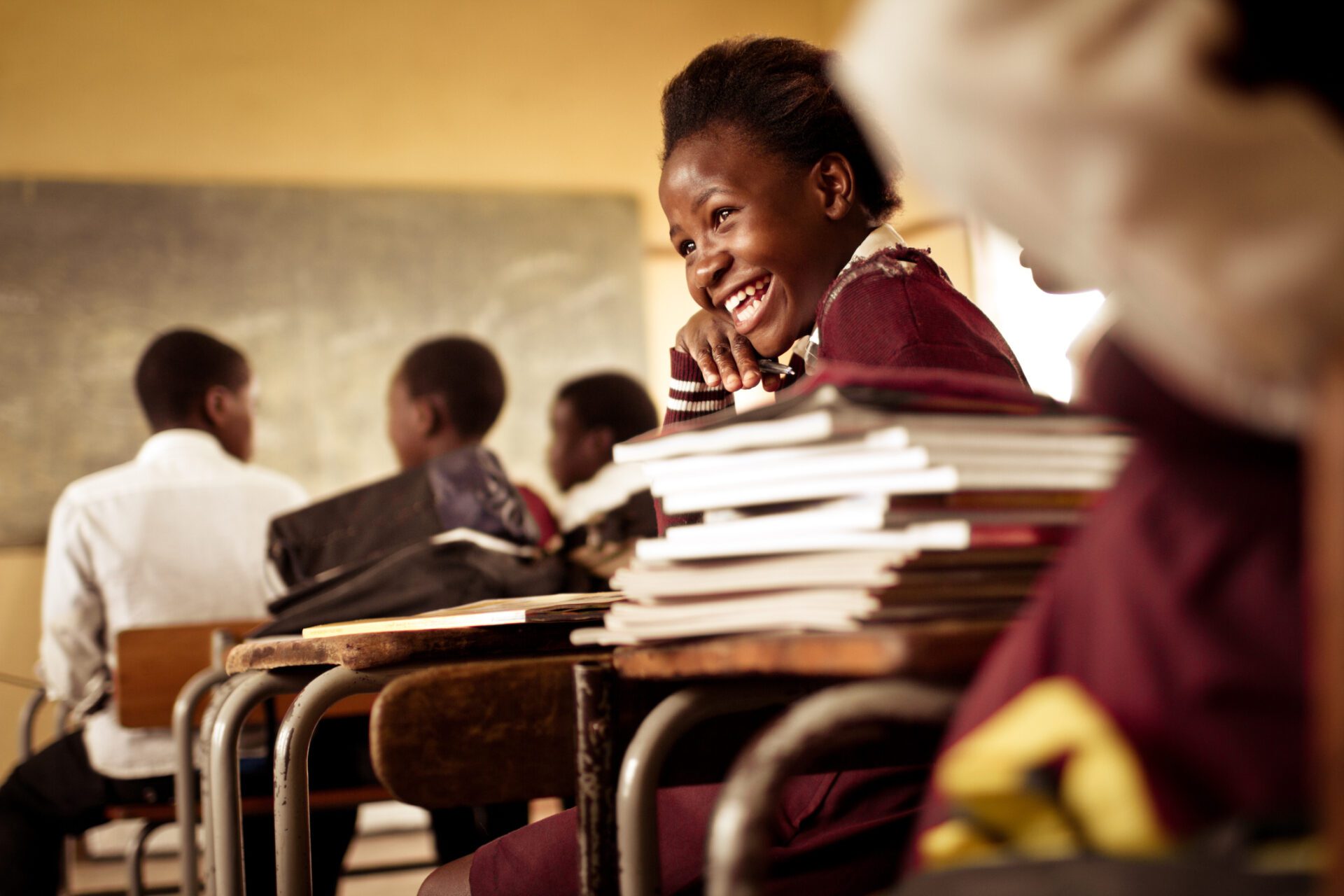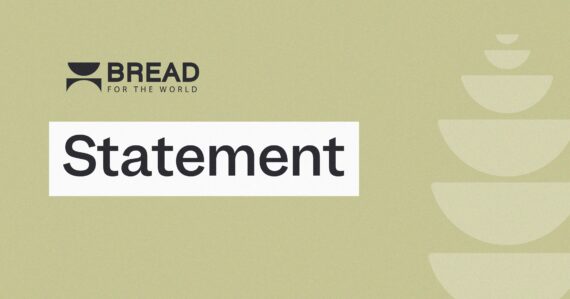Hunger is a solvable problem. It is not inevitable. But ending hunger in a lasting way will take everyone doing their part. The United States invests significant resources in improving global food security and nutrition, including through Feed the Future and other nutrition programs. But the U.S. cannot and should not do it alone. That is why Bread for the World advocates for U.S. support of international financial institutions such as the World Bank. These organizations are critical partners in efforts to reduce hunger in lower-income countries by resolving its main causes.
The World Bank’s fund for the lowest-income countries, the International Development Association (IDA), finances development projects in low-income countries through either grants or loans with very low interest rates. This means that IDA’s continued operation requires significant support from donors, who pledge contributions to its replenishment every three years. During the last replenishment, in 2021, Bread for the World and our partner organizations advocated for and won a significant increase in the U.S. pledge to IDA. The U.S. committed $3.5 billion over three years, a $500 million increase from its previous pledge.
This year is IDA21, the 21st replenishment. Bread will again advocate for additional resources to enable low-income countries to strengthen their economies. The world seems to be at a tipping point. Making progress against the solvable problem of hunger depends on action and funding. Right now, the world is not doing enough. It is off-track to end hunger and malnutrition, which is one of the Sustainable Development Goals the world committed to achieving by 2030.
This is why leaders are calling for increases in IDA’s funding. World Bank President Ajay Banga says this needs to be the largest replenishment of IDA of all time. A high-level expert group commissioned by the G20 has called for a tripling of IDA’s resources, from $93 billion to $279 billion, by the next replenishment. Bread joins these calls to increase IDA’s ability to provide funding to low-income countries for their development needs.
IDA works. The World Bank tells the story of Volatsarasoa, who lives in southern Madagascar in the village of Malangy. She participated in IDA’s Fiavota Program at the height of the country’s 2016 drought. Volatsarasoa received financial assistance from the program as well as training on how to manage money. She also learned agricultural practices that make her livelihood more resilient to droughts. Raising livestock and growing drought-resistant crops have made her income less dependent on rainfall. Volatsarasoa reported that she was able to put her children back in school because of IDA’s Fiavota Program and that the training and funding she received saved her, her children, and also future generations from hunger.
Volatsarasoa is now helping others. The elected leader of 25 young women and girls, she is teaching them her skills and “rebuild[ing] dignity in the hard-struck community.” The group maintains a communal garden and is saving money to repair essential infrastructure such as the community well.
IDA funding is also currently being used to “promote child development, restore and expand access to quality early years services, including maternal and nutrition services” in at least 30 countries, and to improve agricultural productivity in 15 countries.
A successful IDA replenishment will require the U.S. and other donors to increase their pledges for the next three-year cycle. This is a good investment, one that produces real results for people living with hunger and extreme poverty in the lowest-income countries. IDA is a key piece of the puzzle as we work together to solve hunger.
Jordan Teague Jacobs is co-director, Policy and Research Institute, at Bread for the World.



